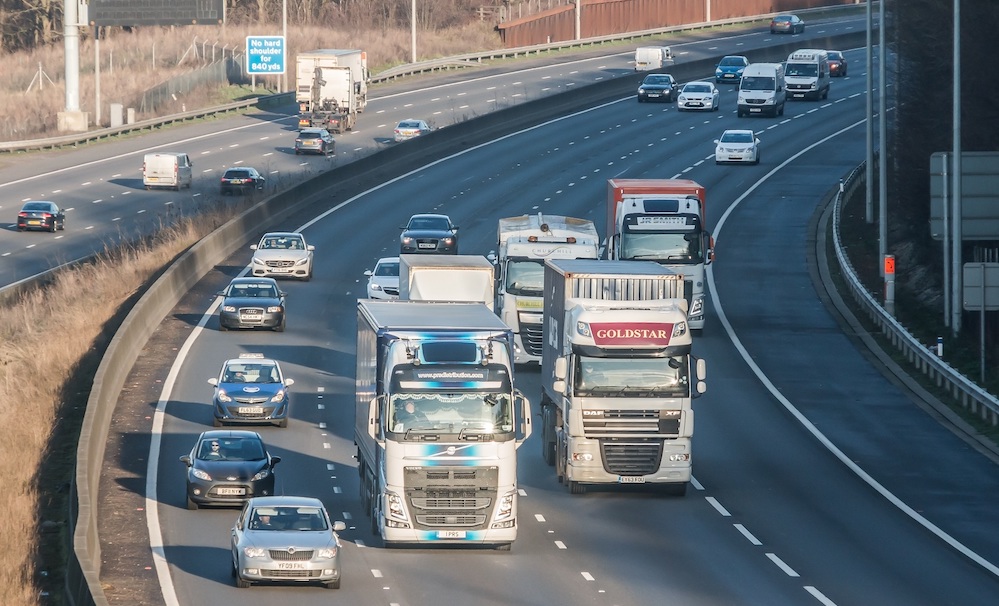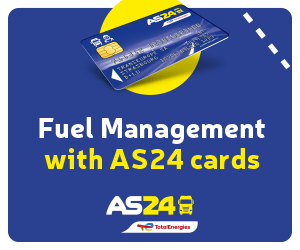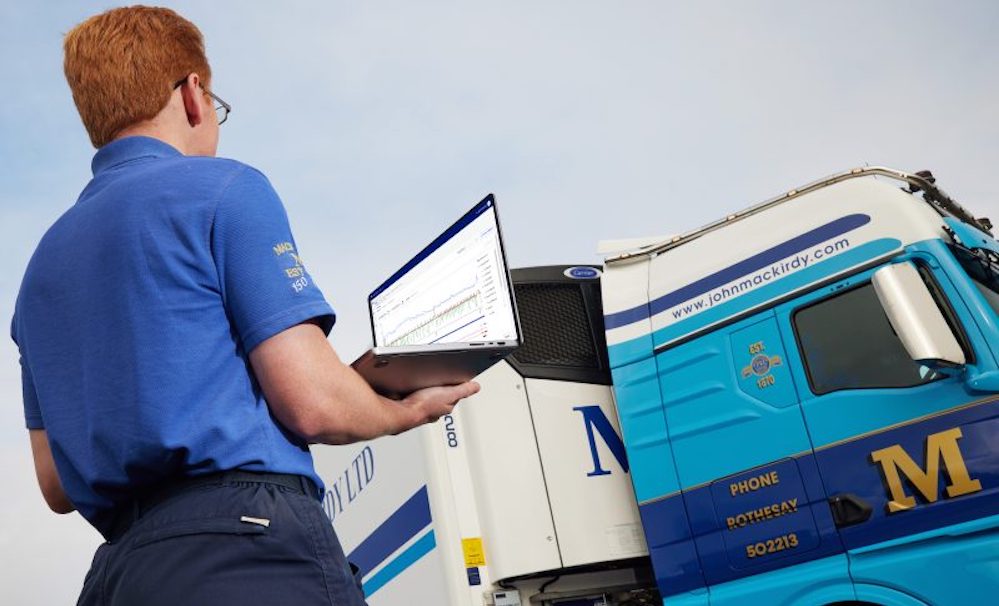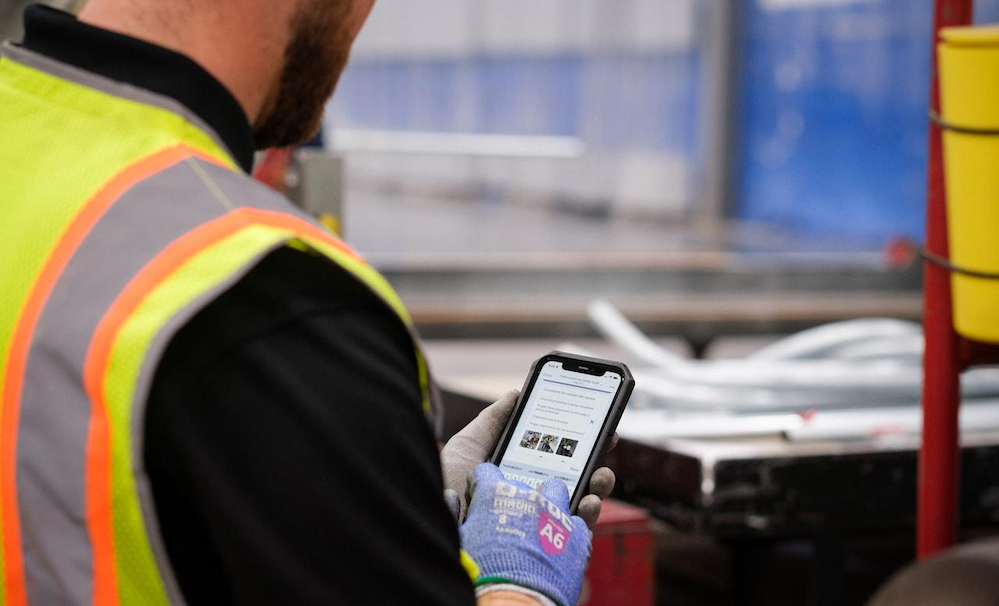Tracking vehicle location heads the list of reasons that light commercial vehicle fleets use telematics, according to authoritative new research from Arval.
The finding comes from the 2019 edition of Arval Mobility Observatory’s 2019 Barometer, independent research which covers 3,930 fleets and asks a wide ranging set of questions about fleet and mobility trends.
The top result was chosen by 56% of respondents and followed by improving driver behaviour (44%), improving driver safety (35%), reducing fleet costs (21%), optimising journeys (12%) and enabling drivers to make informed decisions (11%).
Shaun Sadlier, Head of Arval Mobility Observatory in the UK, said: “In recent years, telematics technology has become cheaper, more effective and more flexible, and has been widely adopted by LCV fleets as a result. Our findings show that 28% of businesses specify a telematics unit when they order a vehicle and many more will no doubt add them during the life of the van.
“What this has done is give fleets much more information – crucially, much more useful information – about their LCVs and how they are being used. Our research provides an insight into how they are using that data.
“Basic vehicle location is, perhaps unsurprisingly, the top result. It is simply very useful to know where a van is at any point in time for reasons of efficiency and security. Beyond that, there is clearly a focus on driver behaviour and using information generated by telematics to help make employees safer on the road.
“It’s perhaps surprising that only around one in five fleets see telematics as a way to reduce costs and this perhaps suggests that many companies don’t have a complete understanding of how to use the technology in this manner.
“Similarly, the fact that only 12% are using telematics for route planning is also food for thought. This may be because companies utilise other technologies or that drivers now have access to good quality, real time traffic information on the sat nav apps available on any smartphone but, again, there is probably potential for positive change. This is especially true given that elsewhere in the latest results from the Arval Mobility Observatory survey, fleets say that congestion and journey efficiency are among their biggest concerns.”








